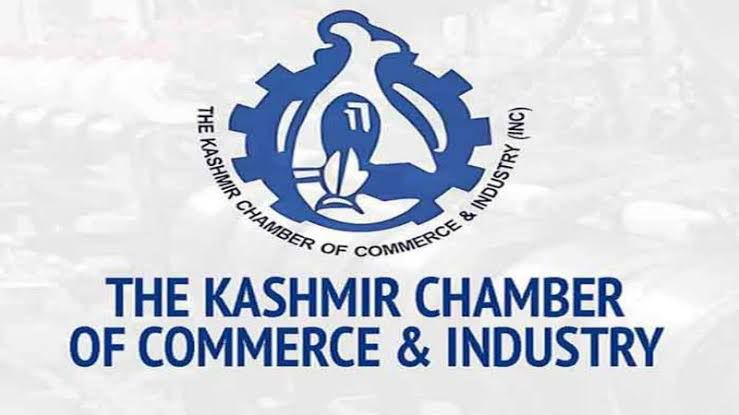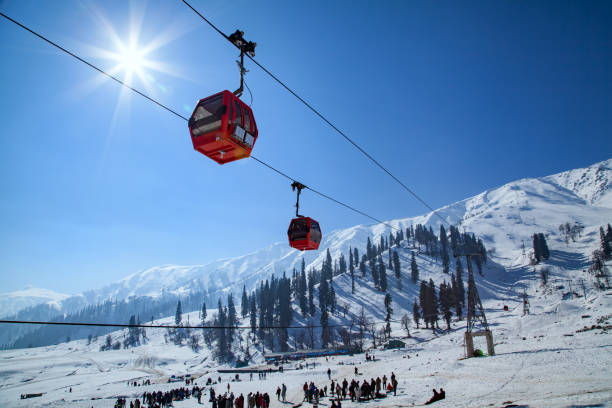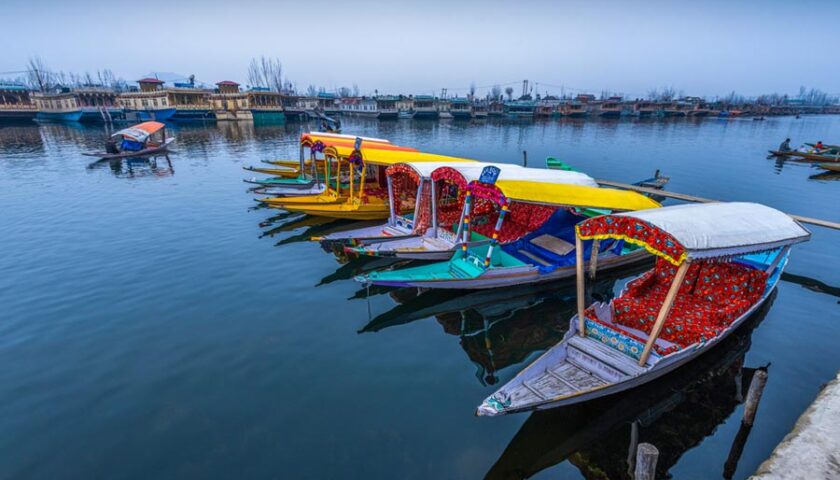Kashmir’s Debt Trap Crisis – How Easy Loans and EMI Culture Are Breaking Dreams
By: Javid Amin | 02 August 2025
From Dream to Distress
Kashmir’s post-2019 economic narrative was once full of hope. There was a visible push for entrepreneurship, home ownership, and upward mobility. Small businesses sprouted, luxury cars dotted the streets, and middle-class dreams seemed within reach.
But behind this optimism lies a disturbing trend: a growing number of Kashmiris are quietly falling into debt traps—victims of a toxic mix of easy loans, aggressive marketing by banks and NBFCs, and cultural pressures to display status.
This article breaks down the anatomy of Kashmir’s debt trap crisis, examining its financial, emotional, and social toll—and what can be done to restore balance before it’s too late.
The Debt Spiral: Loans That Lure and Trap
Glossy Offers, Grim Outcomes
Bank and non-banking financial companies (NBFCs) are flooding the valley with:
- Zero processing fee loans
- Flexible EMI plans
- Quick approvals with minimal paperwork
But these “offers” often mask high interest rates, hidden charges, and long-term liability.
“The salesman said I’d be paying only ₹12,000 a month for a new car. I didn’t realize I’d end up paying double the cost in the long run,” said a young pharmacist from Baramulla.
Collateral Over Capital
With little venture capital or grant support, young entrepreneurs are mortgaging:
- Ancestral lands
- Family homes
- Gold and personal assets
All this to fund businesses without proper feasibility studies, market access, or mentorship. When these ventures fail—and many do—the result is not just a financial loss, but a generational setback.
EMI Culture: A Trap Disguised as Freedom
The idea of paying in monthly installments has become so normalized that it fuels aspirational consumption:
- “If I can pay ₹15,000/month, I can afford a sedan.”
- “I don’t need to wait for savings—I have credit.”
But this culture often ignores one crucial truth: income is variable, but EMIs are fixed.
Emotional Economics: Status Over Sustainability
Cultural Pressures Drive Financial Choices
In Kashmiri society, owning a home, buying a car, and hosting grand weddings are symbols of prestige. These pressures often override practical financial considerations.
“We didn’t want to be the only family without a car in the neighborhood,” says a shopkeeper in Anantnag who is now juggling two loans.
The Optimism Fallacy
Many borrowers enter commitments with the mindset: “Inshallah, it’ll work out.”
Optimism is essential—but without budgeting, insurance, or risk planning, it becomes dangerous. Hope without structure is not a business plan.
Financial Illiteracy: The Silent Epidemic
- Few borrowers understand compound interest
- Loan documents are rarely read in full
- There’s widespread confusion between fixed and reducing interest rates
“I thought I was paying 12% annual interest. Turns out it was reducing balance—total repayment was way higher than I imagined.”
The Human Cost: When Debt Becomes a Disease
Psychological Breakdown
Mental health professionals in Srinagar and other districts are witnessing a sharp rise in:
- Anxiety disorders
- Depression linked to financial stress
- Relationship breakdowns due to loan defaults
Education and Healthcare Take a Hit
As debt repayments pile up, families are forced to:
- Delay or cancel children’s school fees
- Postpone essential medical treatments
- Cut back on nutritional needs
“We skipped our son’s heart check-up last month because the EMI was due,” confessed a teacher from Kupwara.
Borrowing to Repay: The Vicious Cycle
Many now take one loan to pay off another—creating a multi-layered debt spiral that’s hard to escape. Without intervention, this can spiral into insolvency and permanent financial exclusion.
What Needs Fixing: Solutions for Sustainable Finance
01. Financial Literacy Campaigns
Tailored outreach programs should be launched in:
- Schools and colleges
- Panchayat and community centers
- Online and local media
These must include practical modules on:
- Budgeting
- Interest calculation
- Reading loan agreements
02. Mandatory Loan Counseling
Before loan disbursal, borrowers should receive:
- A one-on-one counseling session
- Simplified repayment scenarios
- Explanation of default consequences
03. Cultural Sensitization
Change must also come from within. Society needs to:
- Rethink the status symbols of debt-driven purchases
- Celebrate modest entrepreneurship and savings culture
- Support mental health dialogue around financial stress
04. Community-Based Lending & Support
- Establish peer groups and cooperative funds
- Launch micro-grant competitions for low-risk ventures
- Promote interest-free lending models via NGOs and religious institutions
“Instead of gifting gold, why not contribute to a savings fund for the couple?” suggests social worker Zubair Shah.
Bottom-Line: A Cultural Reckoning, Not Just an Economic One
The Kashmir debt trap crisis isn’t merely about bad loans. It’s a reflection of deep-rooted emotional, social, and structural issues.
To prevent a generation from being defined by defaults and distress, intervention must be holistic—combining financial tools, community dialogue, cultural reform, and mental health care.
Because in the end, a thriving economy isn’t built on easy EMIs. It’s built on informed choices, collective support, and sustainable dreams.




